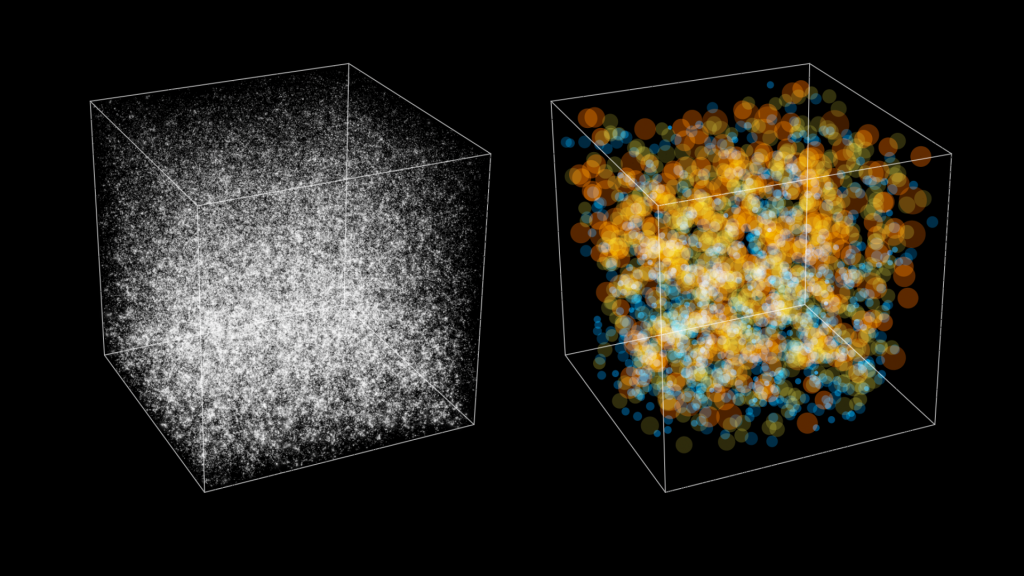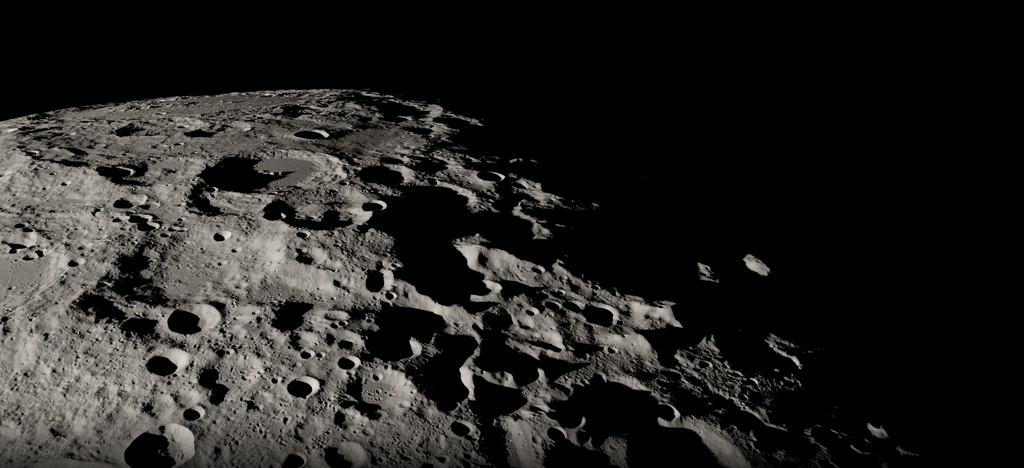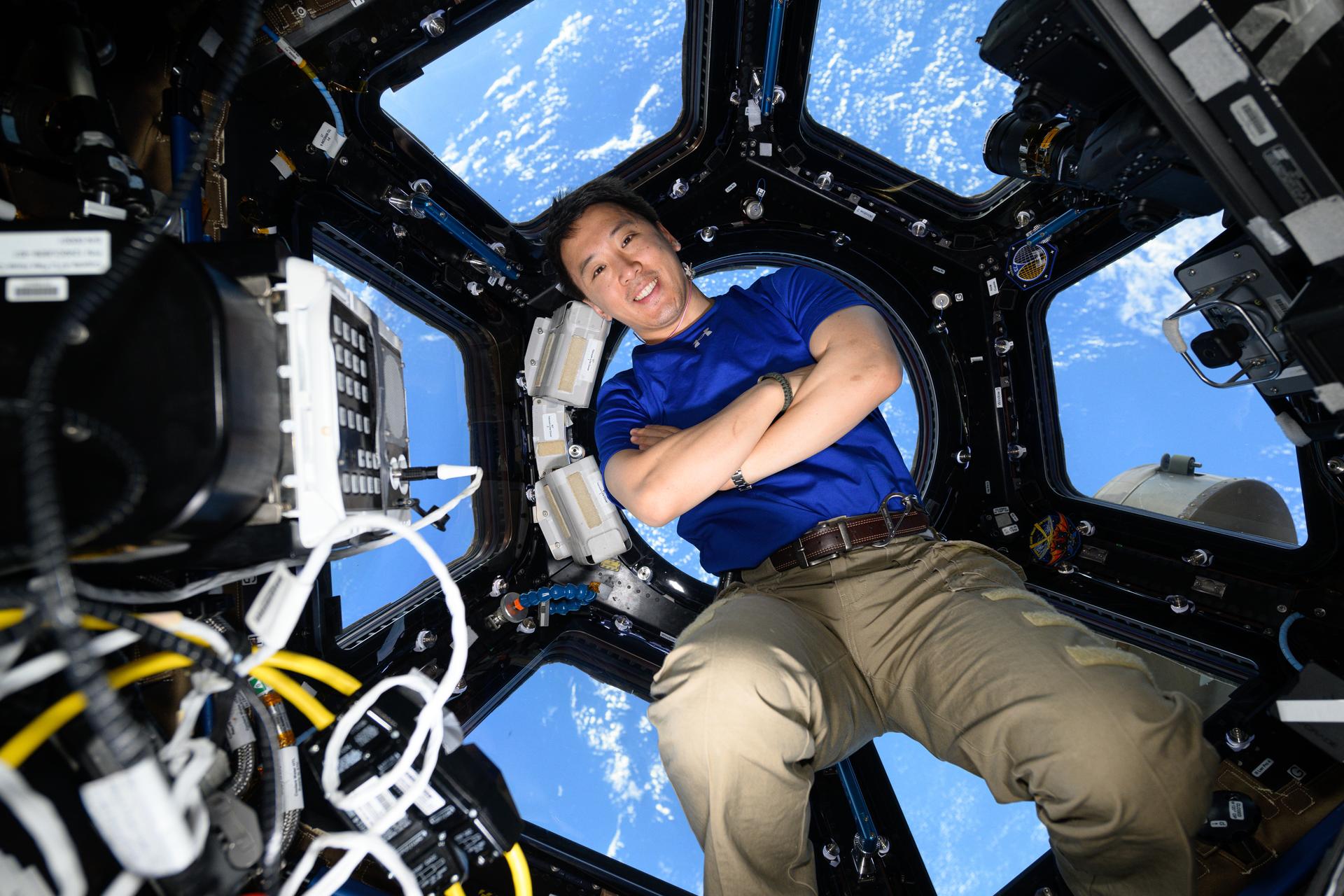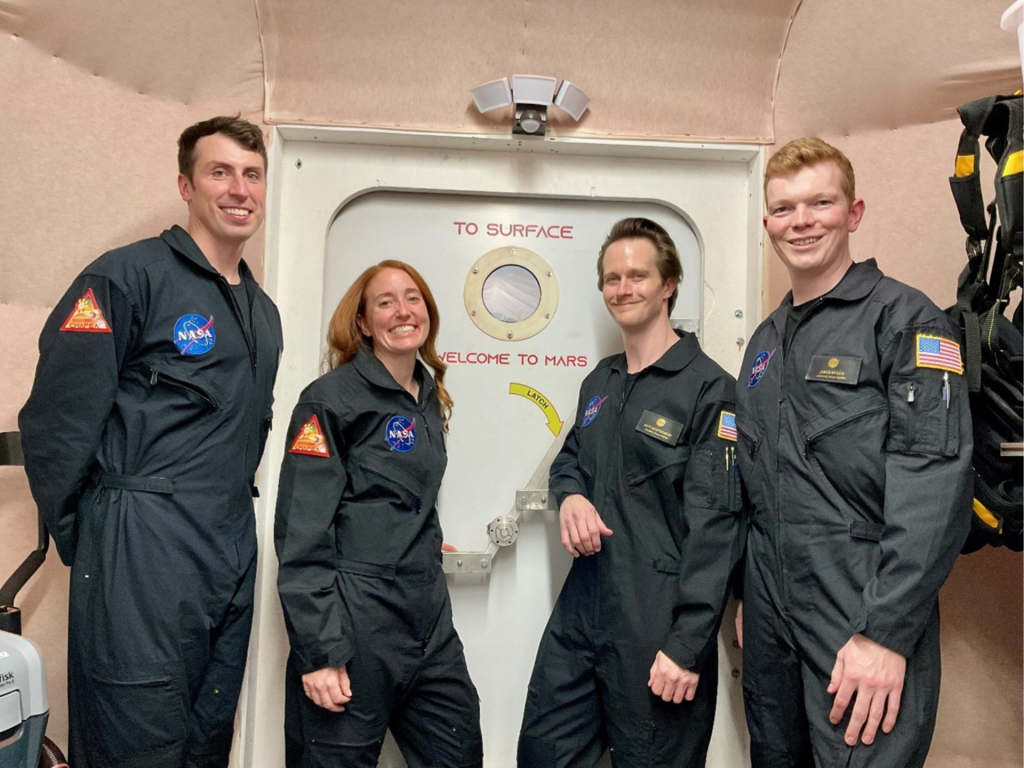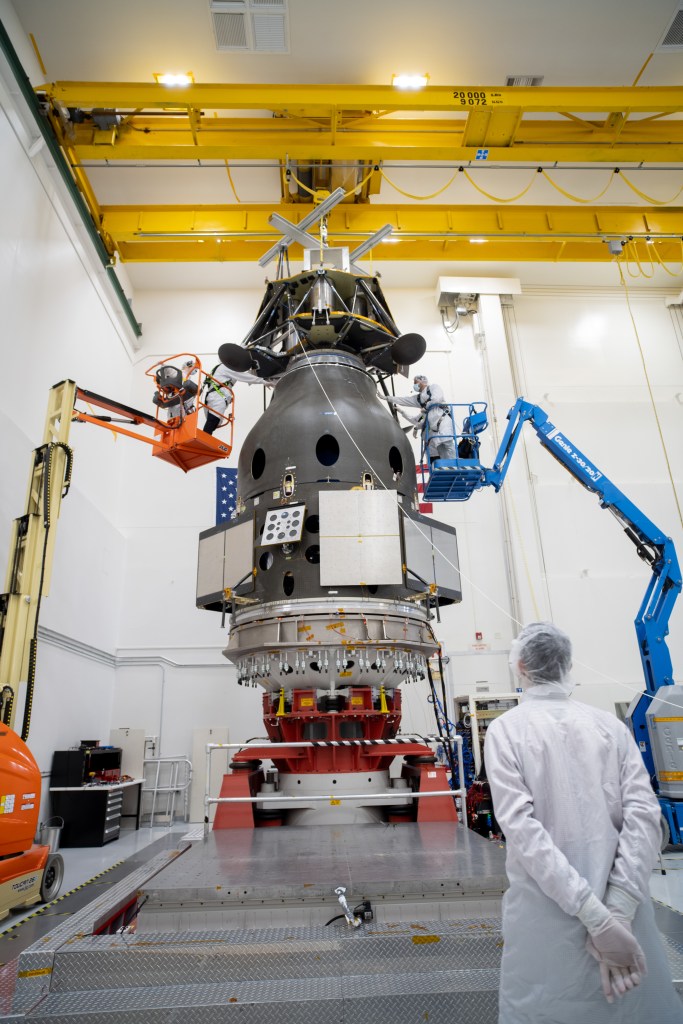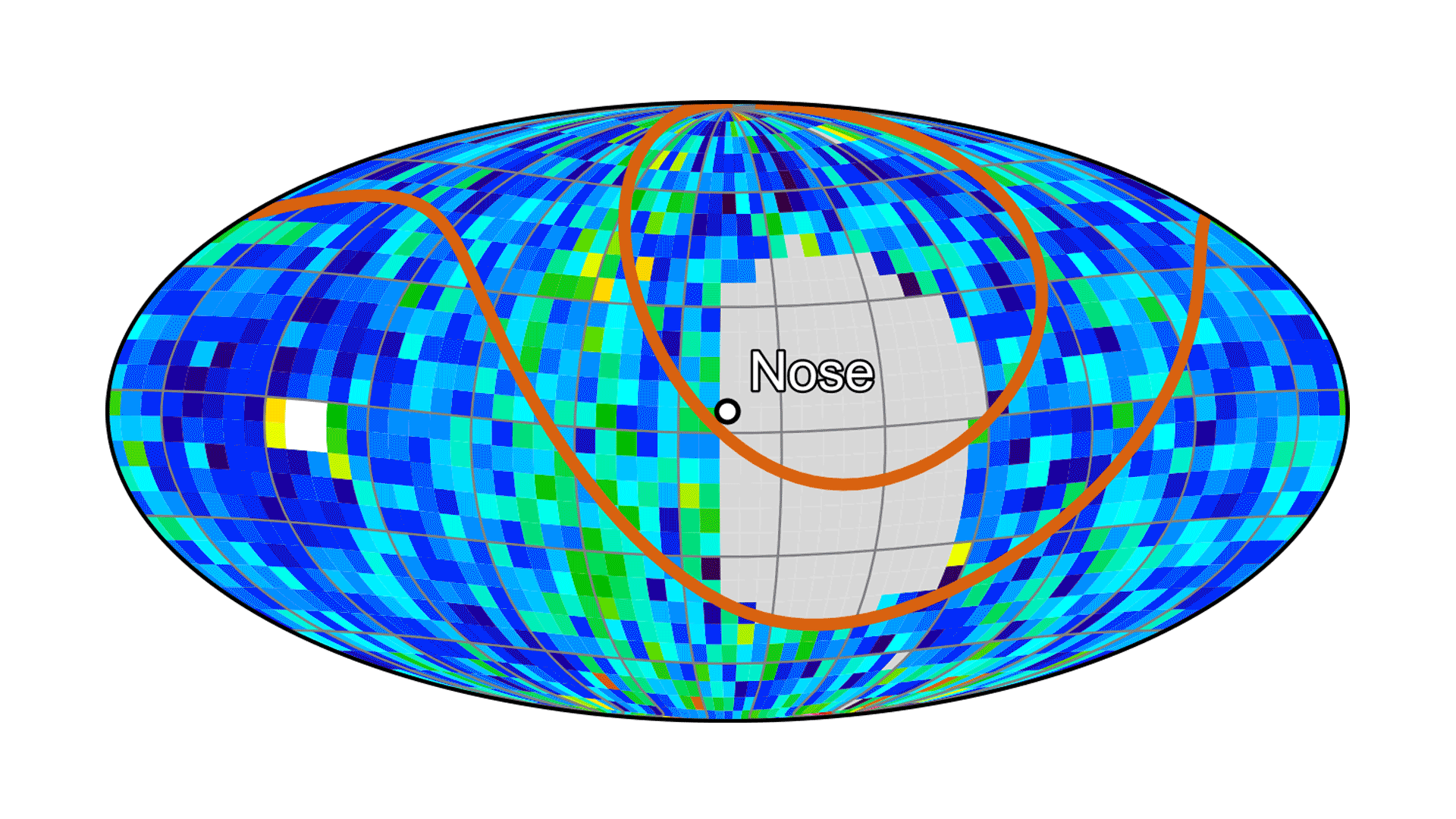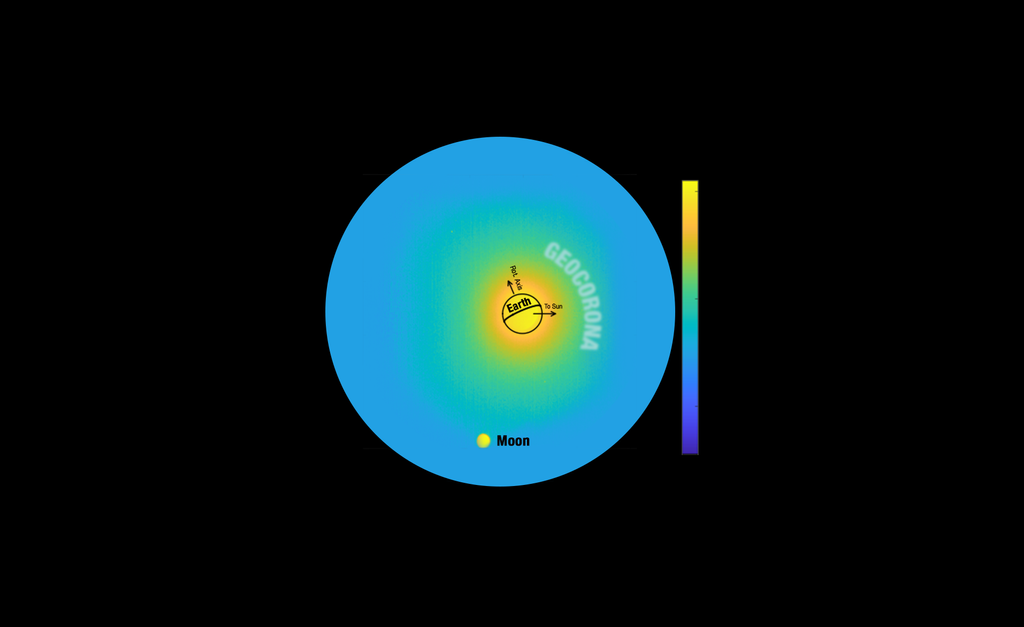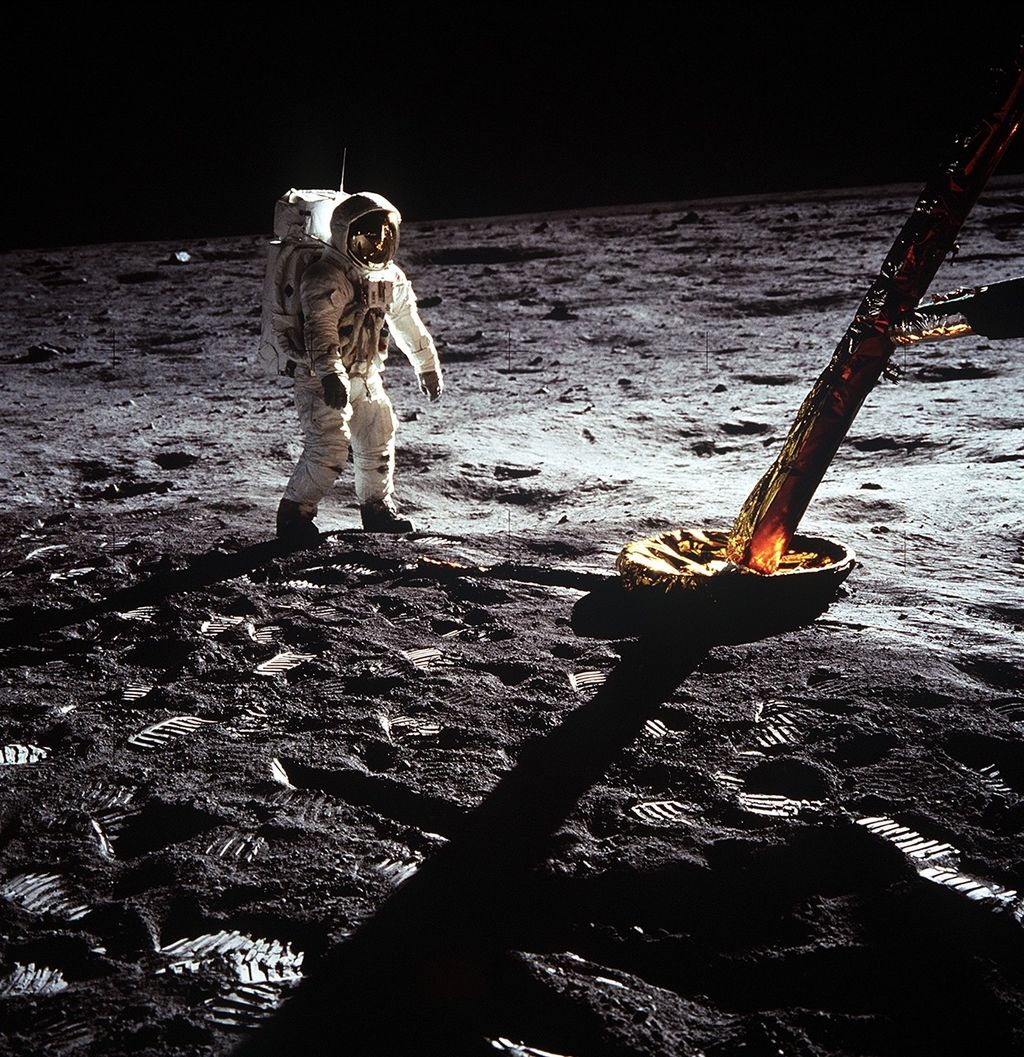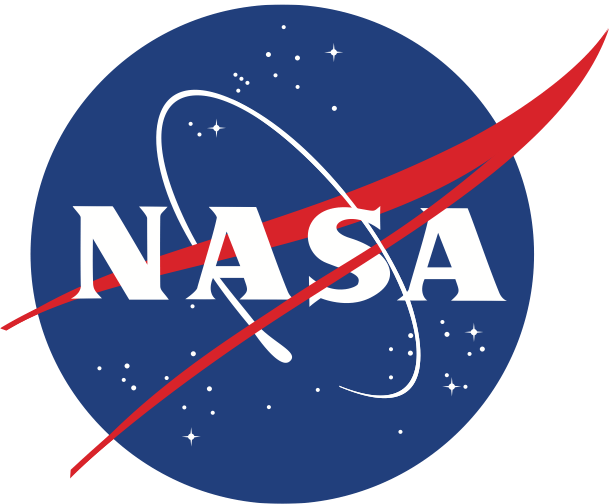The Disposition Program is where innovation meets sustainability, ensuring retired mission hardware, surplus equipment, and historic artifacts find new purpose. Beyond excess property management, we extend NASA’s legacy through reutilization, transfers, sales, and donations that maximize value and inspire future exploration. With strategic oversight across all NASA Centers, this program streamlines property disposition while maintaining compliance and environmental responsibility, turning past innovations into future opportunities.
Functional portfolio includes:
- $1.9M+ in Revenue Generated Annually from Property Disposition
- 90K+ Items Processed Each Year Across NASA Centers
- 30+ Programs Supported Through Asset Redistribution and Disposal
- 8K+ NASA Artifacts Allocated to Museums, Schools, and Institutions
NASA Excess Personal Property Supplemental Fact Sheet
In addition to the policies and guidance outlined in NPR 4300.1C, “NASA Personal Property Disposal Procedural Requirements”, and consistent with the “Reuse Excess Property Act” enacted on October 1, 2024, NASA provides this supplemental guidance and best practices to promote the full reutilization of excess personal property across the Agency.
Considering Excess Personal Property Before Buying New
To reduce administrative costs and promote fiscal responsibility, NASA prioritizes the use of excess personal property—items no longer needed by other NASA Centers or federal agencies—before initiating new purchases.
All NASA organizations are required to evaluate whether suitable excess or surplus property is available to meet program requirements before requesting the purchase of new equipment or supplies. This practice supports NASA’s strategic goals related to sustainability and cost savings.
Key Benefits:
- Reduces unnecessary expenditures and supports budget efficiency.
- Decreases accumulation and storage of surplus equipment.
- Promotes responsible stewardship of government resources.
- Supports NASA’s sustainability and environmental goals.
Evaluating the Suitability of Excess Personal Property
When reviewing excess property for reuse, NASA personnel should:
- Review the item’s condition code to assess usability.
- Check for documentation, including maintenance logs or prior use history.
- Visually inspect the property and test for functionality when feasible.
- Ensure compatibility with program requirements, existing systems, or infrastructure.
- Consider repair, transportation, and storage costs in comparison with the cost of acquiring a new item.
- Assess any hazards or regulatory concerns, including compliance with environmental and safety requirements.
Note: The total cost to acquire and refurbish excess property should not exceed the cost of purchasing new equipment.
Utilization Procedures
NASA organizations are expected to use personal property to its fullest life cycle. When a NASA Center identifies property as no longer needed, it should first be made available internally across the Agency prior to reporting it as excess to GSA.
NASA Center Property Disposal Officers (PDOs) must:
- Publicize available unneeded property within the ‘Request for Excess’ module in the Disposal and the ‘Excess Shopping’ module in Equipment or via internal communication.
- Coordinate with NASA’s Logistics Management Division (LMD) and utilize GSA’s Personal Property Management System (PPMS), (https:/www.ppms.gov) to report excess property in accordance with 41 CFR 102-36 and NPR 4300.1C.
Excess property may be obtained by:
- Other NASA Centers
- Other Federal agencies
- Non-federal recipients through donation programs managed by GSA and State Agencies for Surplus Property (SASPs)
- Surplus customers such as state/local governments and eligible non-profit organizations
Acquiring Excess Personal Property
NASA Centers may use PPMS to search for and request excess property. Centers may also work with LMD and/or their respective GSA Area Property Officer to identify equipment available for internal or external transfer.
Access to PPMS should be coordinated through the Center PDOs or the agency Disposal Program Manager. All acquisitions must follow internal property management procedures, including justification, approval, and documentation requirements.
Roles and Responsibilities
All NASA property custodians, PDOs, and PDO Assistants must comply with:
- NPR 4300.1C
- NPD 4300.1C, “NASA Personal Property Management Policy”
- Relevant Federal Management Regulations (FMR) under 41 CFR Parts 102-36 through 102-42
PDOs are responsible for ensuring proper documentation, oversight, and compliance with NASA and GSA requirements.
Roles and Responsibilities
All NASA property custodians, PDOs, and PDO Assistants must comply with:
- NPR 4300.1C
- NPD 4300.1C, “NASA Personal Property Management Policy”
- Relevant Federal Management Regulations (FMR) under 41 CFR Parts 102-36 through 102-42
PDOs are responsible for ensuring proper documentation, oversight, and compliance with NASA and GSA requirements.
Contact Us
For questions or assistance regarding personal property utilization and disposal:
Angel Paschall-Harmon, MHR
National Utilization Officer (NUO)/Acquisition & Disposal Program Manager
Logistics Management Division (LMD)
Office of Strategic Infrastructure
Mary W. Jackson, NASA Headquarters
Email: angel.c.paschall-harmon@nasa.gov



